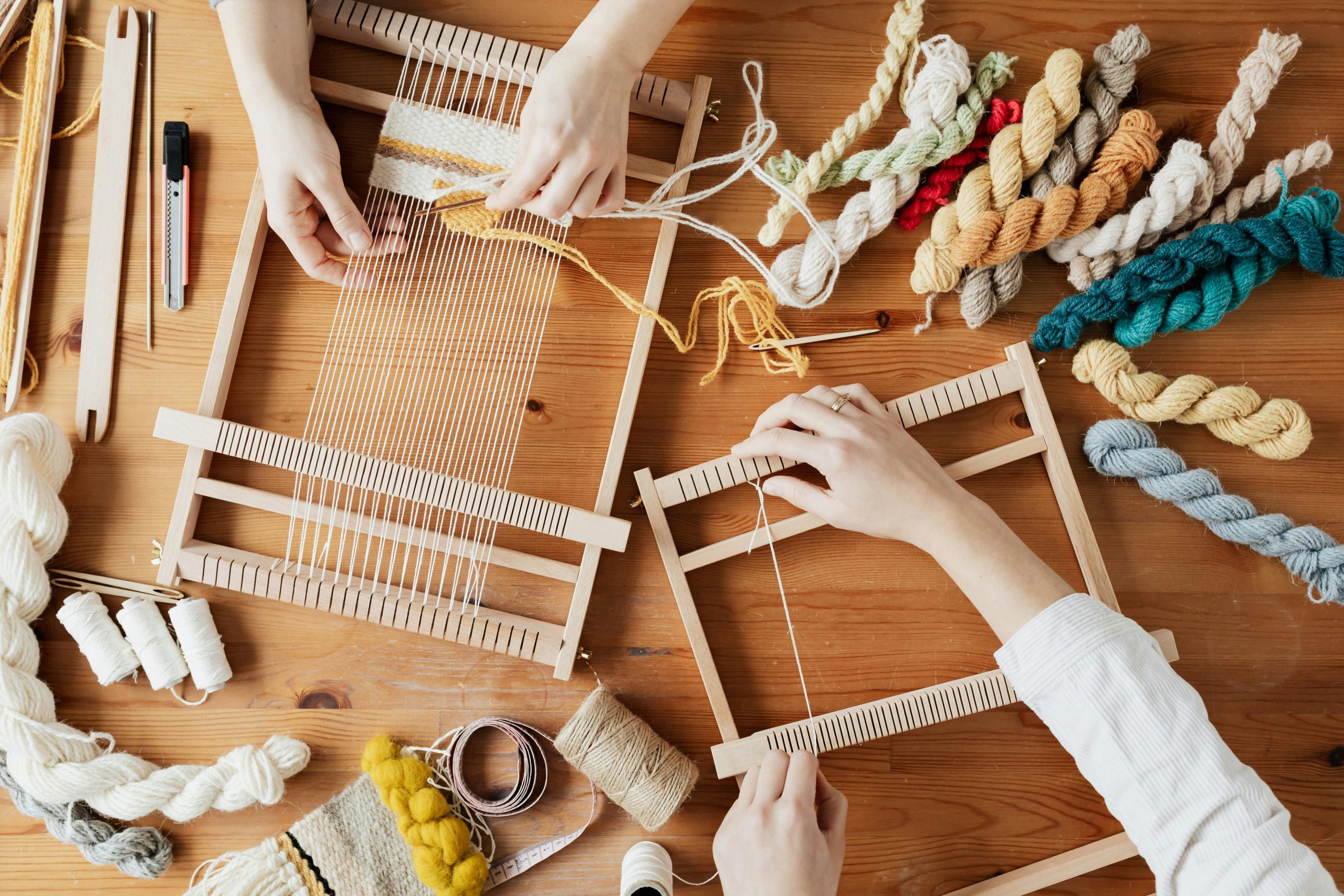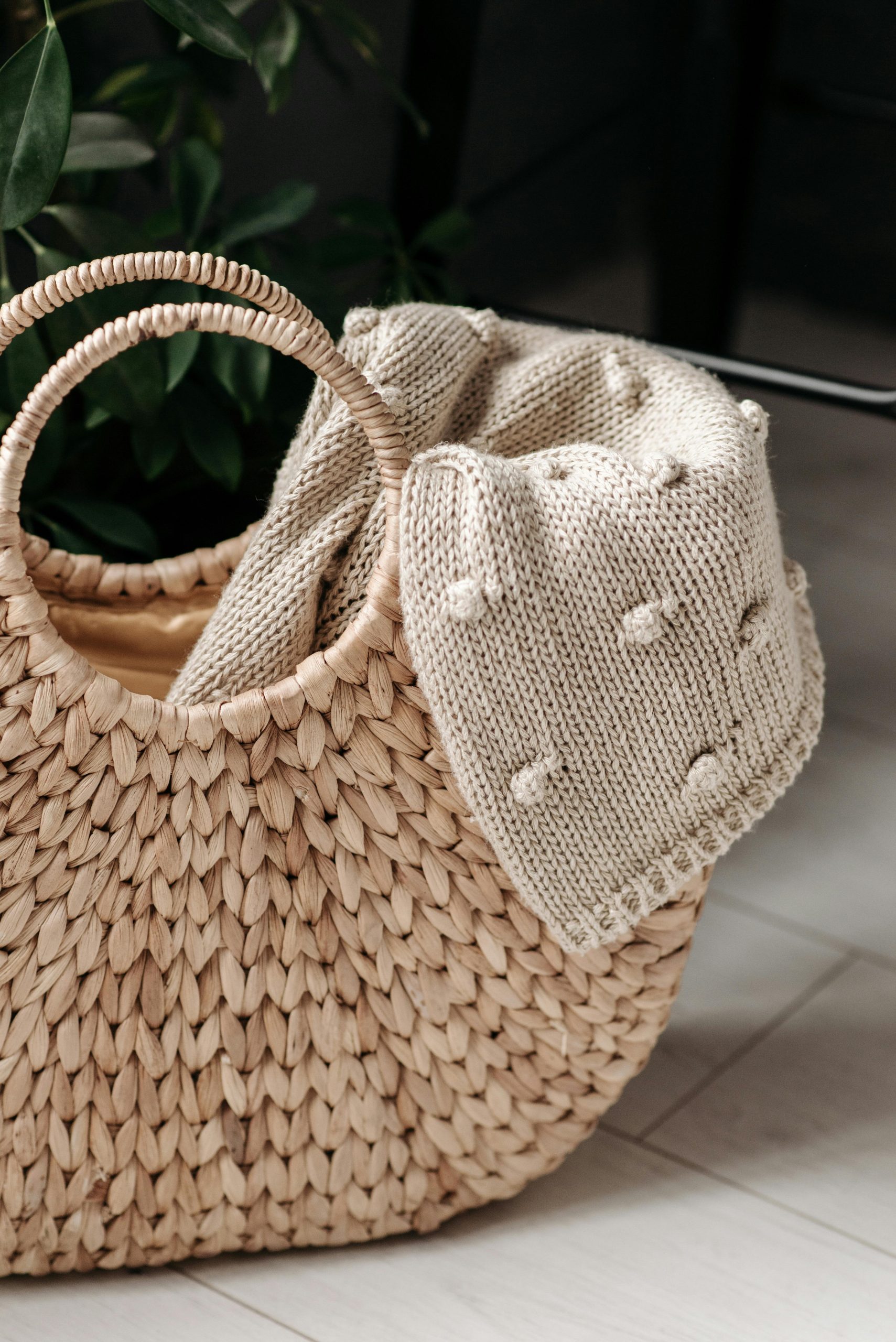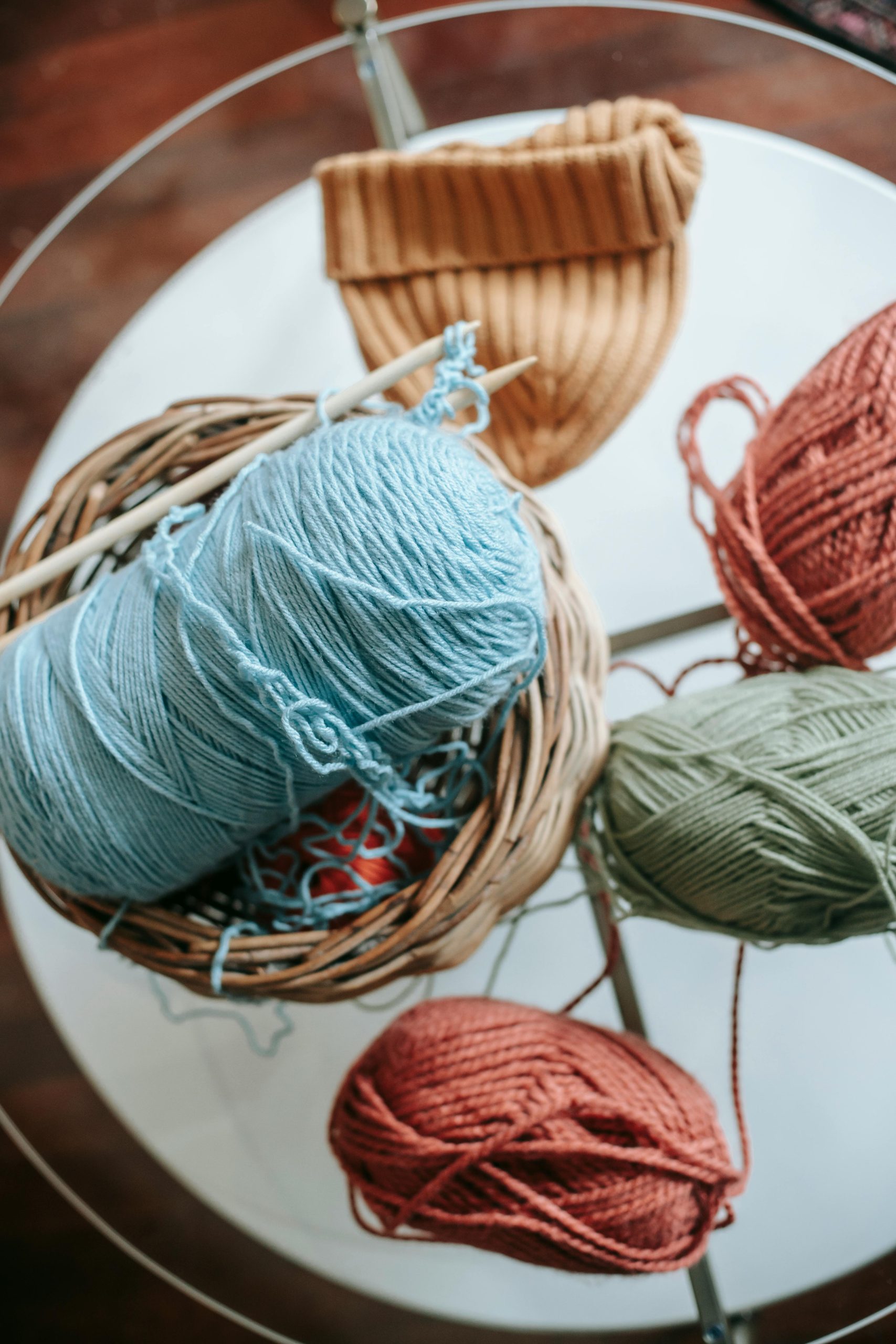One frustrating problem that many sewers encounter is a sewing needle that keeps breaking. Sewing needles are essential tools in any sewing project, and their continuous breakage can hamper progress and cause frustration. In this article, we will explore the various reasons behind sewing needle breakage and discuss possible solutions to prevent this issue from occurring.
1. Incorrect Needle Type or Size
Using the wrong type or size of needle for your sewing project can lead to frequent needle breakage. It’s important to choose the appropriate needle to match the fabric type and thickness. Here are some points to consider:
- Needle Type: Different needle types are designed for specific fabrics. Ensure you are using the right needle type for your project. For example, ballpoint needles are suitable for knit fabrics, while sharp needles work well with woven fabrics.
- Needle Size: Needle sizes vary based on the fabric weight. Using a needle that is too small or too large for the fabric can cause it to break. Refer to the needle size chart and select the appropriate size for your fabric.
- Needle Condition: Dull or damaged needles are more likely to break. Replace your needle regularly, especially if you notice any signs of wear or damage.

2. Incorrect Needle Insertion
The way you insert the needle into your sewing machine can also contribute to needle breakage. It’s essential to follow the correct needle insertion procedure to avoid breakage. Consider the following points:
- Needle Orientation: Ensure that the needle is inserted correctly with the flat side facing the back of the machine. Inserting it the wrong way can cause it to break.
- Needle Depth: Insert the needle fully into the needle clamp to ensure it is secure. If the needle is not inserted properly, it may not be held securely, leading to breakage.
- Changing Needles: When changing needles, make sure to turn off your sewing machine and follow the manufacturer’s instructions. Mishandling the needle during the changing process can result in breakage.
3. Sewing at High Speeds
Sewing at excessively high speeds can put extra strain on the needle, leading to breakage. While modern sewing machines are designed to handle high speeds, it’s important to consider the following points:
- Machine Capability: Check your sewing machine’s maximum recommended speed. Sewing at speeds exceeding the machine’s capability can cause the needle to break.
- Controlled Speed: Maintain a steady and controlled sewing speed. Avoid sudden acceleration or deceleration, as this can put unnecessary stress on the needle, resulting in breakage.
- Needle Heat: Sewing at high speeds can generate heat, especially when working with dense or thick fabrics. The increased heat can weaken the needle, making it more prone to breakage. Consider using a needle specifically designed to handle high-speed sewing.

4. Fabric Issues
Sometimes, the fabric itself can contribute to needle breakage. Certain fabric characteristics can make it more challenging for the needle to pass through smoothly. Consider the following factors:
- Fabric Thickness and Density: Thick or dense fabrics, such as heavy denim or multiple layers of fabric, can put extra strain on the needle. Ensure that you are using an appropriate needle size and type for these fabrics.
- Seams and Intersections: Sewing over thick seams, multiple layers, or intersecting seams can cause the needle to break. To prevent this, manually turn the handwheel to slowly stitch over challenging areas, or consider using a walking foot or a fabric stabilizer to help the needle pass smoothly.
- Fabric Quality: Poor-quality fabrics may have irregularities, such as thick or stiff areas, which can cause the needle to break. Inspect your fabric before sewing and avoid using fabrics with visible flaws.
5. Other Factors
In addition to the factors mentioned above, there are a few other factors that can contribute to needle breakage:
- Machine Maintenance: A poorly maintained sewing machine cancontribute to needle breakage. Regularly clean and oil your machine as per the manufacturer’s instructions to ensure smooth operation and reduce the risk of breakage.
- Thread Tension: Incorrect thread tension can put undue stress on the needle, causing it to break. Ensure that the thread tension is properly adjusted for your specific project and fabric.
- Needle Damage: If you accidentally hit a pin, snap, or other hard objects while sewing, it can damage the needle and lead to breakage. Always remove pins and other obstructions before sewing.
- Needle Brand: The quality of the needle can also play a role in breakage. Opt for reputable brands that produce high-quality needles specifically designed for sewing machines.

Conclusion
Dealing with a sewing needle that keeps breaking can be frustrating and can hinder your sewing projects. By understanding the various factors that contribute to needle breakage and implementing the appropriate solutions, you can minimize the occurrence of this problem. Choosing the correct needle type and size, ensuring proper needle insertion, sewing at controlled speeds, considering fabric characteristics, and addressing other contributing factors will help you prevent needle breakage and enjoy a smoother sewing experience.
Leave a Reply